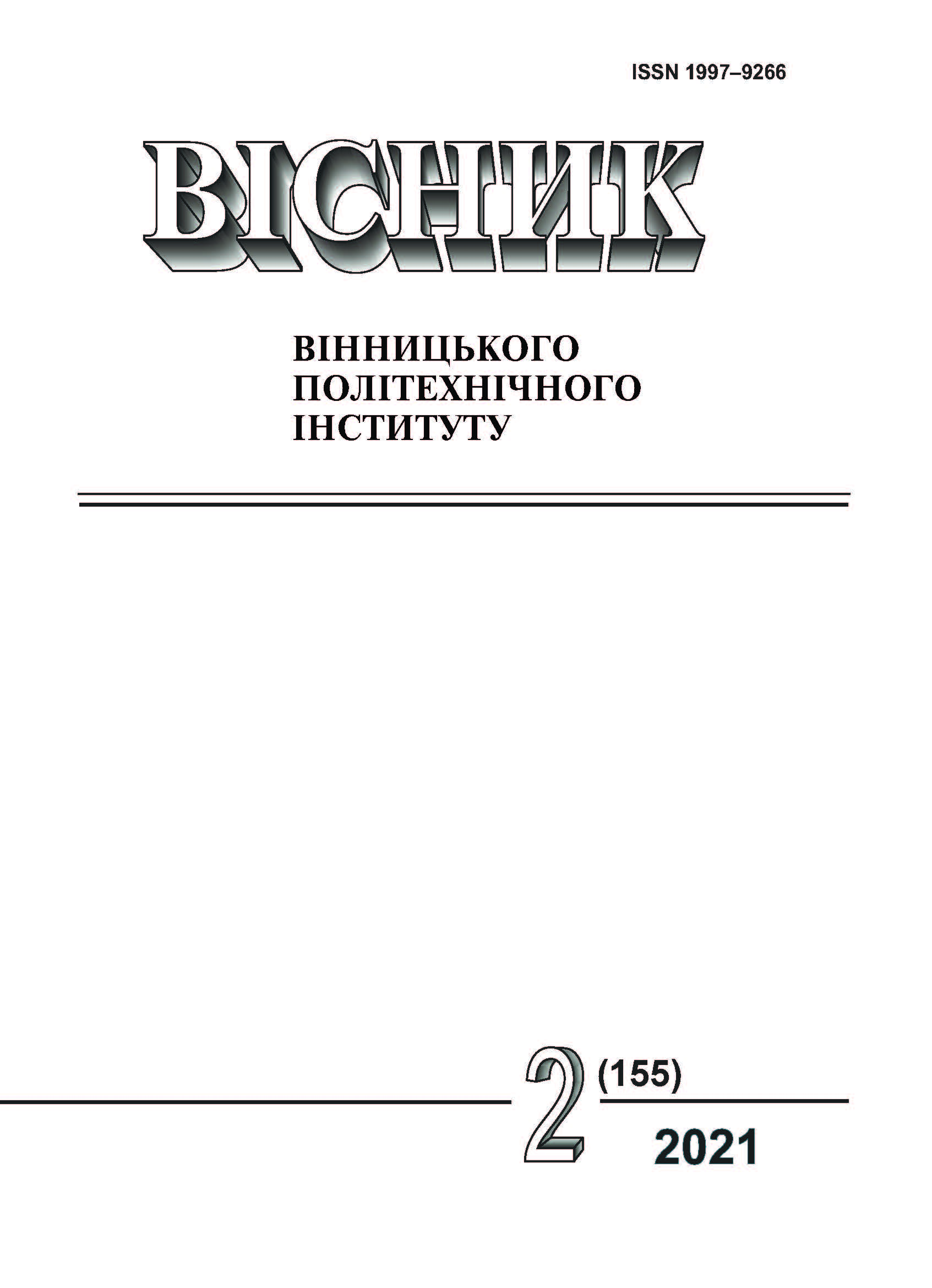Development of a Mathematical Model of Electrical Polarization Switching in a Ferroelectric Capacitor
DOI:
https://doi.org/10.31649/1997-9266-2021-155-2-126-135Keywords:
FRAM memory, polarization switching, ferroelectric capacitor, repolarization, polarization fieldAbstract
In this paper, a mathematical model of switching the electrical polarization of a ferroelectric capacitor was developed, which adequately reflects the processes of writing and reading in the elements of FRAM-memory and is suitable for developing automated design of ferroelectric storage elements and devices. Physical models of switching electrical polarization in a ferroelectric capacitor are found only in isolated cases of crystallization under certain assumptions about the dimension of domains, the processes of their nucleation, growth and overlap. Therefore, the work carried out the transfer of the known geometric-probabilistic model of melt crystallization to the processes of repolarization of ferroelectrics. For this crystallization model, two variants of its practical implementation have been developed — for χ- and β-processes. Accordingly, in the mathematical model we can distinguish two components, calling them χ- and β-models of switching polarization in a ferroelectric capacitor.
The difference between the developed model and others is that in the crystallization model the initial value of polarization is introduced and mixed (temporal and spatial) normalization of the parameters of the ferroelectric material is performed. In particular, the concept of characteristic time is introduced, which is the time of doubling the radius of embryos in fields with intensities much larger than the activation fields; characteristic volume, which for the χ-process is equal to the volume repolarized by germination over the characteristic time, and for the β-process — the initial volume, polarized in the direction of the field before its application and the relative field of activation of germination and growth of domains.
Generalized normalized models with mixed rationing proved to be more convenient for setting certain requirements for the parameters of ferroelectric material in order to obtain the specified characteristics of ferroelectric storage elements in terms of speed and intensity of switching currents.
References
Karin M. Rabe, Charles H. Ahn, Karin M. Rabe, Charles H. Ahn, Jean-Marc Triscone (Eds.) Physics of Ferroelectrics a Modern Perspective, перев. Б. А. Струков, А. И. Лебедев. Физика сегнетоэлектриков: современный взгляд. Москва, РФ: БИНОМ. Лаборатория знаний, 2011, 440 с.
І. О. Барабан, В. Л. Вовк, і В. М. Кичак, «Оцінювання залежності часу затримки перемикання на базі аморфних напівпровідників,» у Матеріалах L науково-технічної конференції підрозділів ВНТУ, Вінниця, 2021 р. [Електронний ресурс]. Режим доступу: https://conferences.vntu.edu.ua/index.php/all-frtzp/all-frtzp-2021/paper/view/11555/9660 .
Z. Chen, M. Lim, and V. Joshi, “Advanced simulation tool for FeRAM design,” Integrated Ferroelectrics, no. 40, pp. 101-112, 2001.
Kolmogorov in Perspective. Providence (History of Mathematics. V. 20). London: Amer. Math. Soc.; London Math. Soc., 2000.
A. C. Faleiros et al., “Kinetics of phase change,” Mat. Res. São Carlos, v. 3, no. 3, рp. 51-60, July 2000. Available: http://www.scielo.br/scielo.php?script=sci_arttext&pid=S1516-14392000000300002&lng=en&nrm=iso> . Access: 24 Mar. 2021. http://dx.doi.org/10.1590/S1516-14392000000300002 .
G. Zhou, et al., “On ferroelectric domain polarization switching mechanism subject to an external electric field by simulations with the phase-field method,” Sci. China Technol. Sci, no. 56, pp. 1129-1138, 2013. https://doi.org/10.1007/s11431-013-5135-3 .
К. А. Воротилов, В. М. Мухортов, и А. С. Сигов, Интегрированные сегнетоэлектрические устройства. Москва, РФ: Энергоатомиздат, 2011, 175 с.
А. А. Божко, и Я. В. Мартынюк, «К вопросу о переполяризации сегнетоэлектриков,» Радиотехнические устройства контроля и обработки информации, сб. науч. тр. Киев: УМК ВО, 1992, с. 118-122.
Downloads
-
PDF (Українська)
Downloads: 88
Published
How to Cite
Issue
Section
License

This work is licensed under a Creative Commons Attribution 4.0 International License.
Authors who publish with this journal agree to the following terms:
- Authors retain copyright and grant the journal right of first publication.
- Authors are able to enter into separate, additional contractual arrangements for the non-exclusive distribution of the journal's published version of the work (e.g., post it to an institutional repository or publish it in a book), with an acknowledgment of its initial publication in this journal.
- Authors are permitted and encouraged to post their work online (e.g., in institutional repositories or on their website) prior to and during the submission process, as it can lead to productive exchanges, as well as earlier and greater citation of published work (See The Effect of Open Access).





